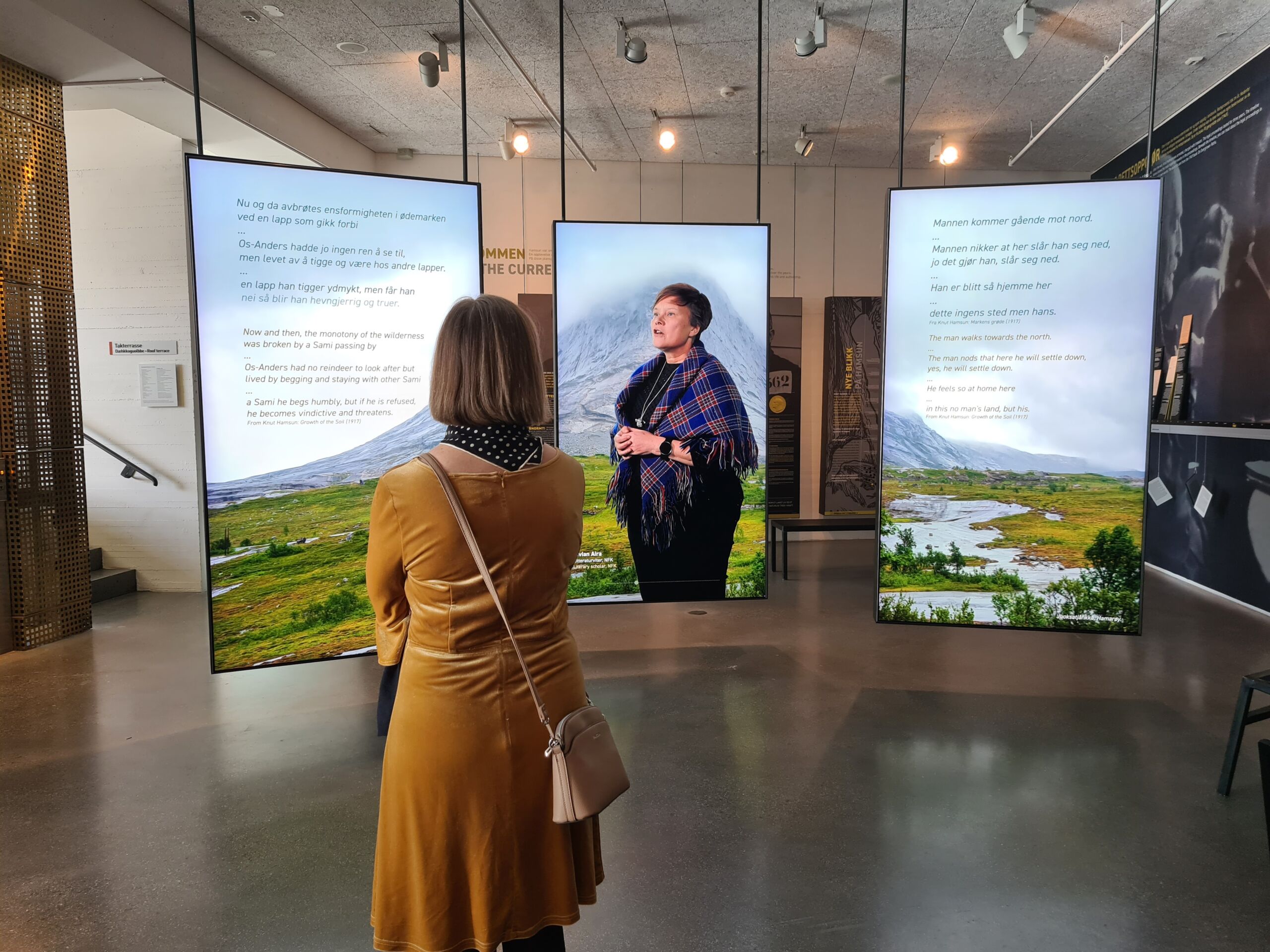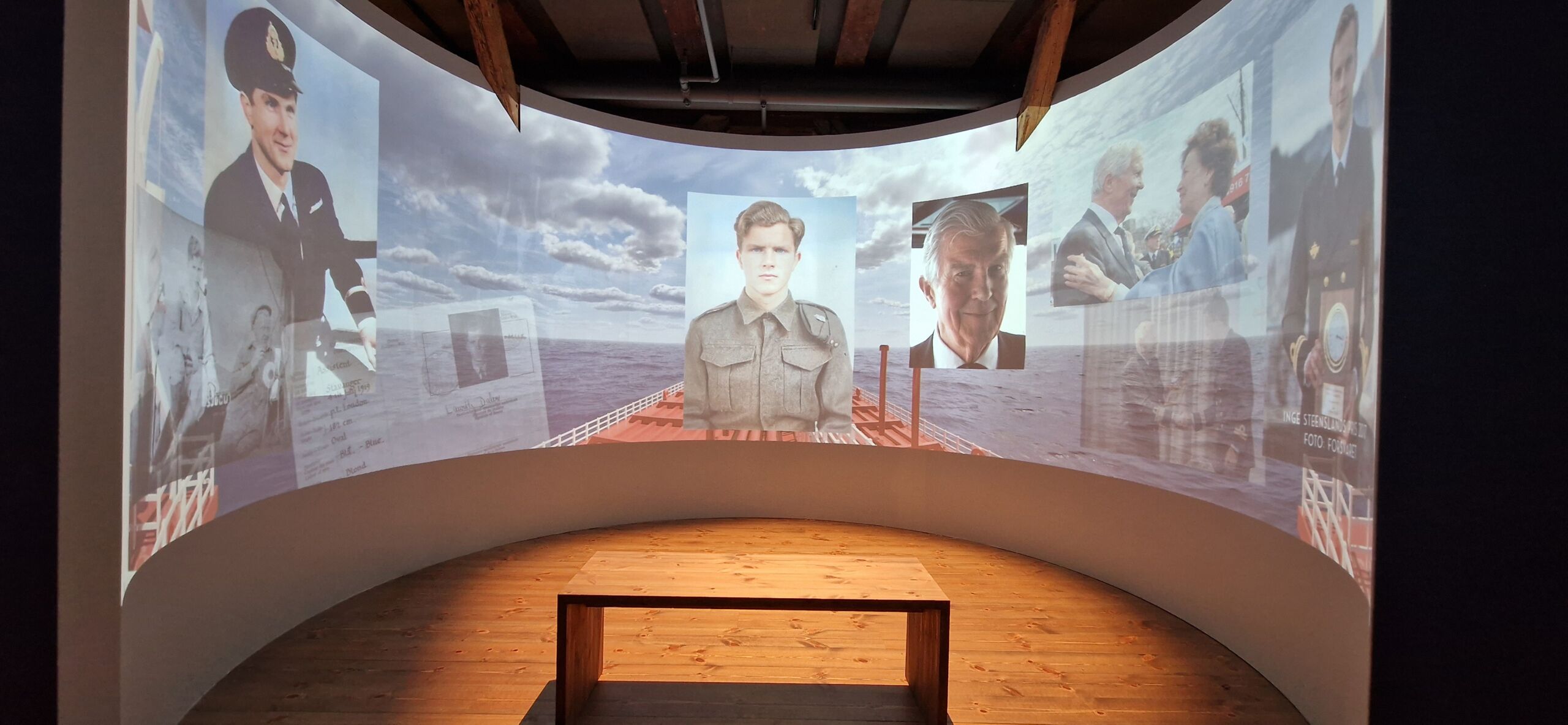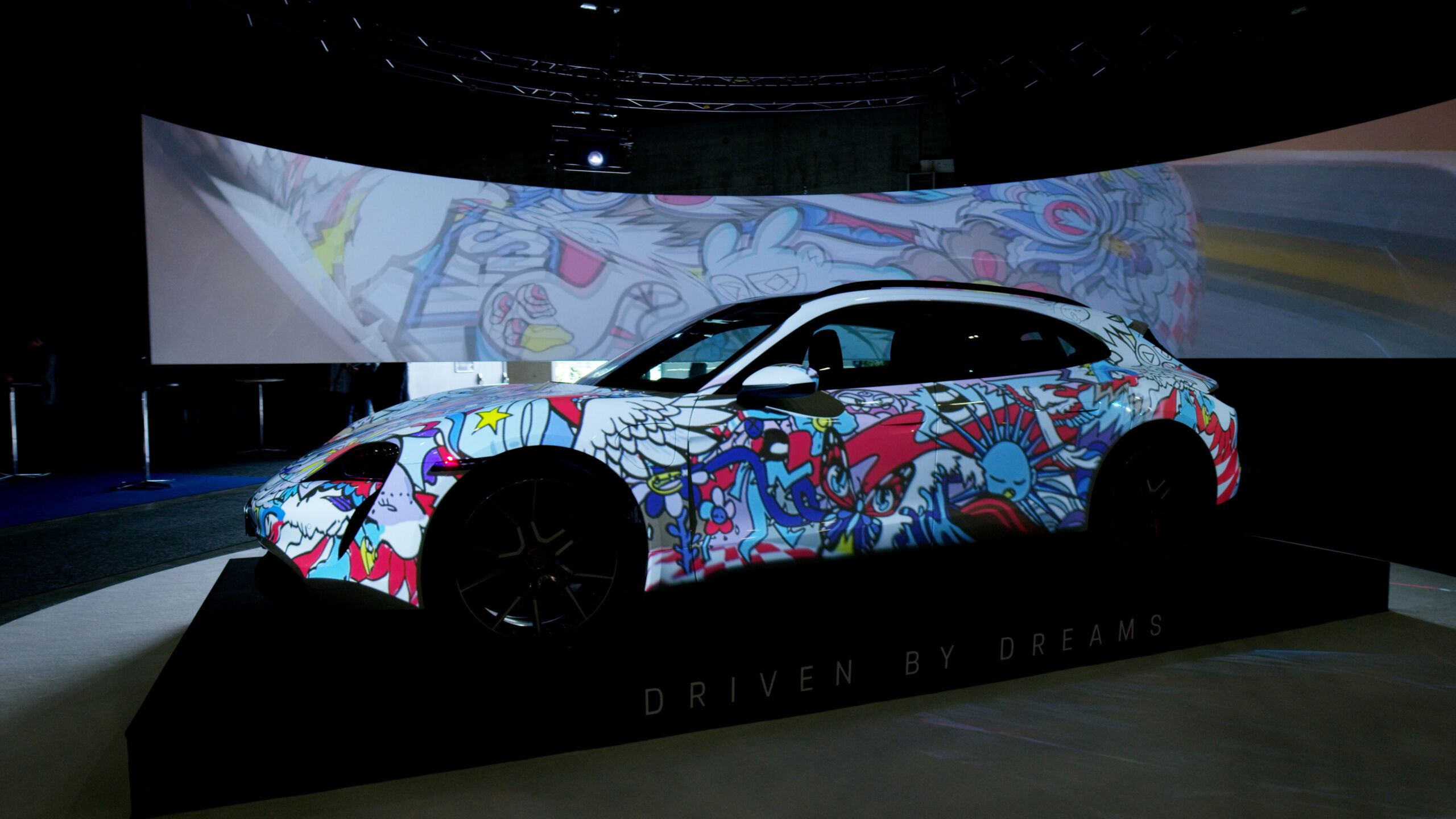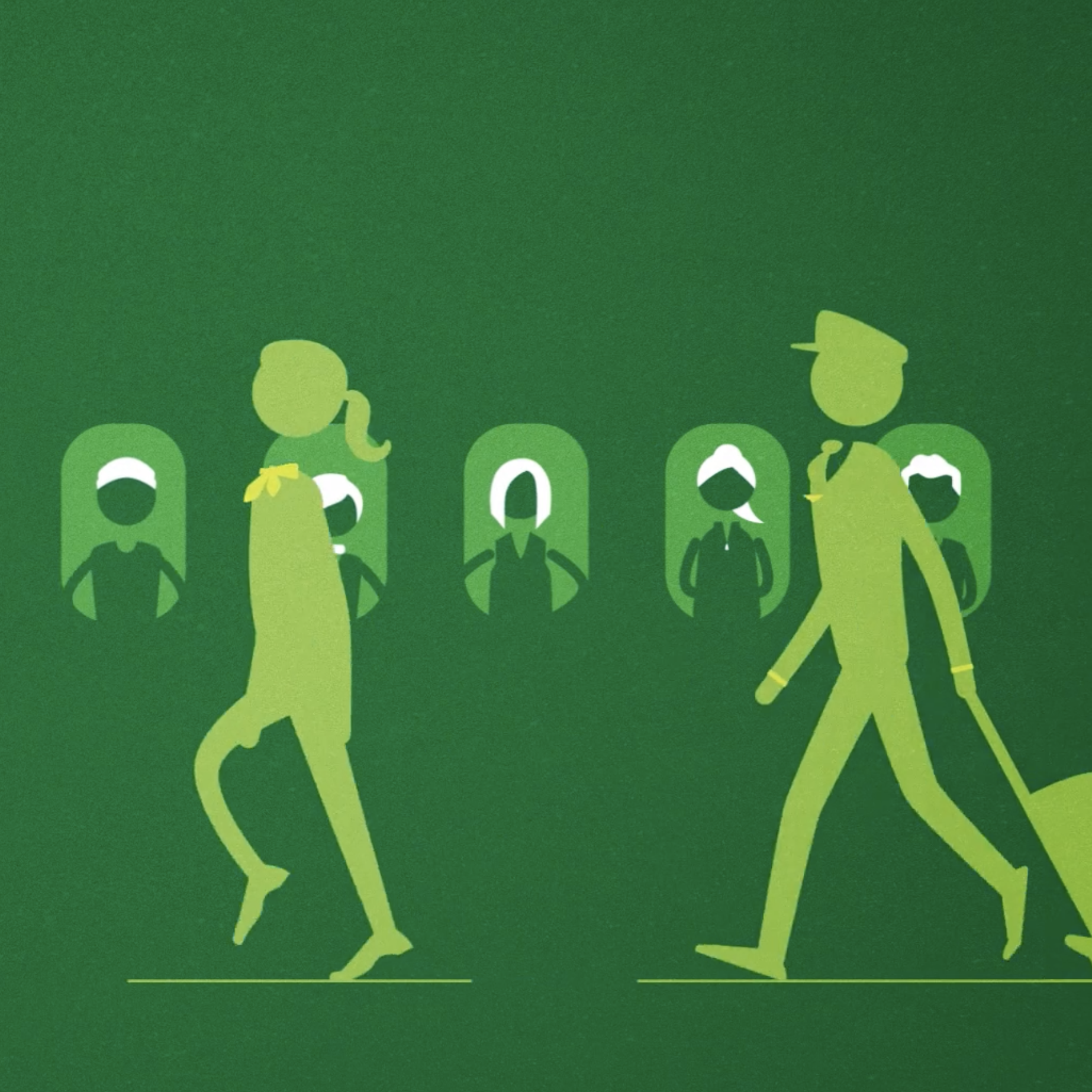This is how we created a ‘Time Machine’ for Østfoldmuseene
The concept is ‘You in History,’ and the Time Travel Capsule was already in place when the invitation from Østfoldmuseene came. They had a proposal for new content for the time machine. Our challenge was to create a different kind of time travel experience.
The concept we developed is called ‘You in History. The solution is built around the idea that you encounter yourself in historical moments. Through tableaux and everyday life, you get a taste of ten historical moments.
Inspired by the past, created for the future
The project began when Fredrikstad Museum wanted to update their existing time machine with more engaging content.
The target audience is children aged 6 to 11, but like a Pixar film, it appeals to all age groups. We saw an opportunity to create an experience that would not only engage children but also adults, by offering a completely new approach to storytelling and museum education,” says Creative Director Morten Marius.
With a vision to make history more relevant and vibrant, we developed a concept where visitors can travel through time and encounter themselves in different historical periods. This concept, called ‘You in History,’ encompasses brief moments that have been significant over the past 450 years. Some moments are well-known, while others are less known. Common to all the stories is that they are told through snapshots seen through the eyes of those who were there, in a way that is also accessible to younger generations.
The Technology Behind the Experience
To realize the concept, technology, graphics, history, and the user journey must be seamlessly integrated. We have used this project to explore the potential of active AI utilization on multiple levels. AI has been used for both code development and the creation of the historical tableaux. In addition, facial recognition technology has been used to blend the faces of the audience into the faces of the characters they encounter. The platform we have based the journey on is Unity, which allows us to create the illusion that you are actually traveling through time and space.
Trust as a Key Factor
When we create digital installations for physical spaces, they are always customized. Most of these development processes start with tests and ideas that need to be explored and refined before we know what works. In this area, we have extensive experience, particularly with Østfoldmuseene, which gives us great freedom. This allows us to test many more possibilities before settling on the best solutions. By having the ability to adjust course along the way, we can test on a small scale until we achieve the optimal result. Therefore, we work with a vision of how the final experience should be, so we don’t get tied down by details that might not be suitable in the finished solution.
With a project spanning six to nine months, we had the opportunity to explore, test, and perfect the solution. What started with an idea to 3D model all graphics evolved as we tested the possibilities offered by AI tools. The solution largely became two-dimensional images of people and details, combined with 3D-created architecture to create even richer and more engaging environments than initially planned.
The Future Awaits
We have high expectations for the audience’s response, and early tests have been promising. Already, we see that this concept can be adapted and developed for other purposes—from experience centers to museums. The ‘Time Machine’ is a scalable platform for digital cultural dissemination.
Engagement at All Levels
Even though the primary target audience is children aged 6 to 11, the experience is designed to engage all ages. This is not children’s entertainment, but a journey through history that sparks curiosity and wonder in both young and old adventurers.
As a collective term, we call such projects “digital storytelling”. We create concepts and stories that engage, inspire, and bring history to life in a way never seen before. We also use digital solutions as tools to achieve this—in that order. This project is a good example of that: a solid concept in physical spaces that provides context to understand the rest of the museum’s artifacts and stories.






